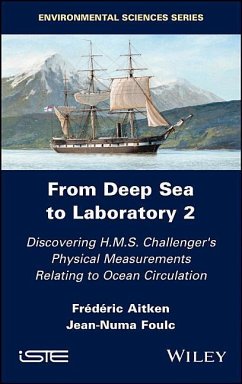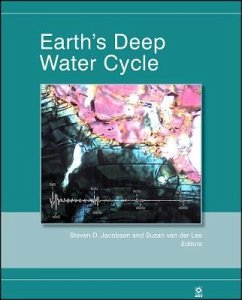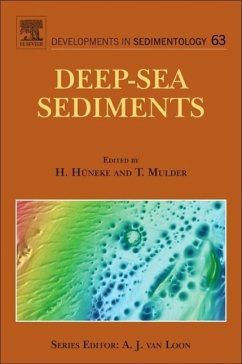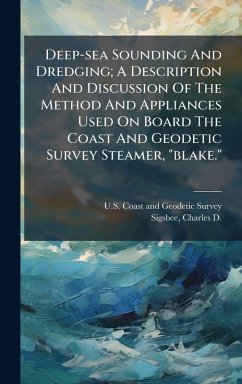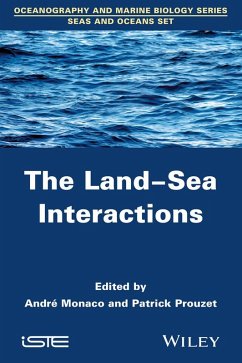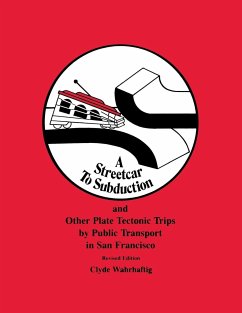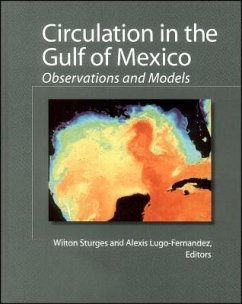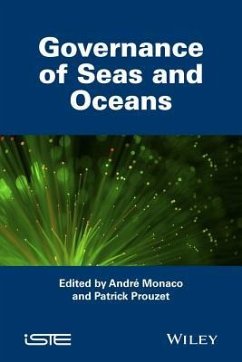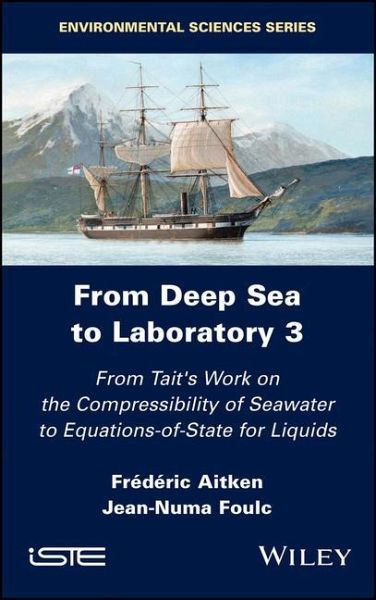
From Deep Sea to Laboratory 3
From Tait's Work on the Compressibility of Seawater to Equations-Of-State for Liquids
Versandkostenfrei!
Versandfertig in über 4 Wochen
159,99 €
inkl. MwSt.
Weitere Ausgaben:

PAYBACK Punkte
80 °P sammeln!
The scientific expedition of H.M.S. Challenger in the 1870s marks the starting point of physical oceanography. This ship traveled the seas of the globe pursuing a dual objective: to conduct an in-depth study of animal life and to observe the physical properties of ocean waters. Volume 3 focuses on measurements and modeling of liquid compressibility. Based on the work initiated by the physicist Peter Tait, a detailed presentation of liquid equations-of-state is proposed. The physical interpretation of the parameters of these equations is discussed, leading to a description of the "structure" of...
The scientific expedition of H.M.S. Challenger in the 1870s marks the starting point of physical oceanography. This ship traveled the seas of the globe pursuing a dual objective: to conduct an in-depth study of animal life and to observe the physical properties of ocean waters. Volume 3 focuses on measurements and modeling of liquid compressibility. Based on the work initiated by the physicist Peter Tait, a detailed presentation of liquid equations-of-state is proposed. The physical interpretation of the parameters of these equations is discussed, leading to a description of the "structure" of liquid media. From Deep Sea to Laboratory is available in three volumes for curious readers drawn to travel, history and science. Students, researchers and teachers of physics, fluid mechanics and oceanography will find material to deepen their knowledge.




